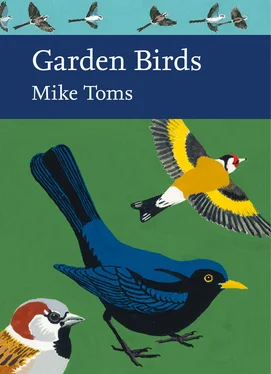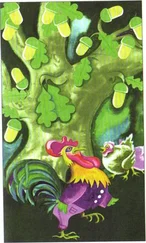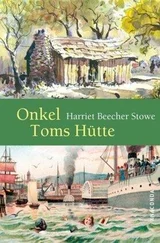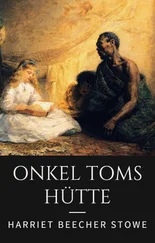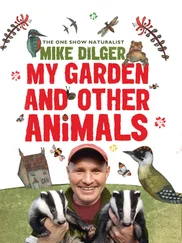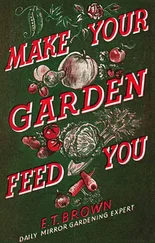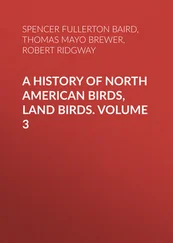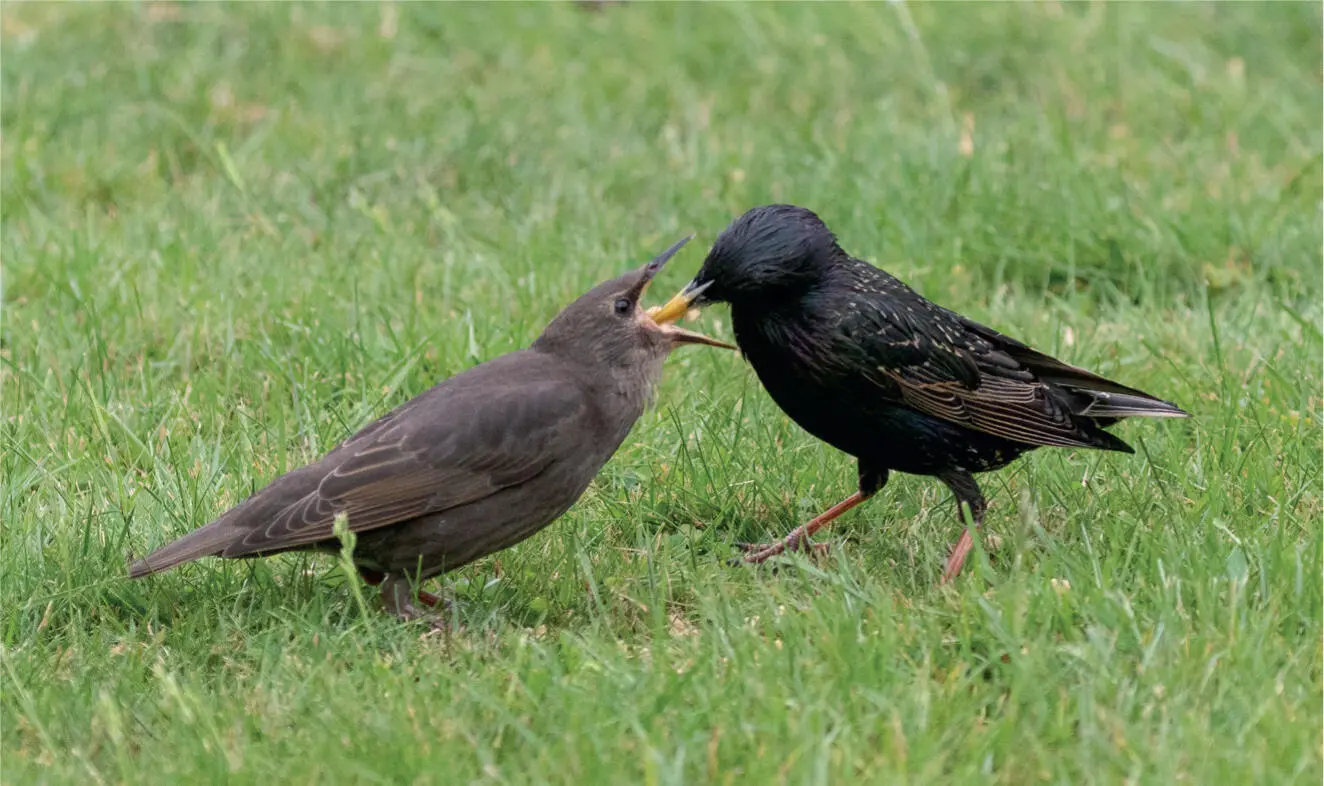
FIG 36. Adult birds appear to be able to identify appropriate foods for their nestlings and fledglings, with most species feeding their young on invertebrate prey while they are still in the nest, and making use of bird table fare as the young develop towards independence. (John Harding)
Supplementary food, such as that presented to birds within the garden environment, may have consequences for other measures of breeding success, and indeed for other aspects of the breeding cycle. Studies have revealed that nesting adults, provided with additional food, will often reduce foraging effort, something that can provide time for other activities – such as predator vigilance (Arcese & Smith, 1988). It can also have some rather surprising effects. Conservationists, working to secure a future for the Kakapo Strigops habroptilus through supplementary feeding of the worryingly small female population, discovered to their horror that the quality of food being provided led to a male-biased sex ratio in the resulting chicks. It is thought that this came about because the female is the heterogametic sex – it has two different sex chromosomes – and can in some instances determine the sex ratio of offspring at the point of fertilisation. A change to the food quality being provided saw a more balanced sex ratio restored (Robertson et al., 2006).
Diet and nutrition have also been linked to important traits associated with reproduction, including mate selection. Mate selection is often based around traits that indicate the quality of a potential mate. Such traits, which include plumage colouration and song complexity, are often nutritionally or energetically costly to maintain.
THE HEALTH EFFECTS OF PROVIDING FOOD
Until recently, very little work had been done on the nutritional composition of the foods being provided at garden feeding stations; even now we are only just beginning to explore the health and other impacts of such provisioning. We know that the proteins and lipids found in naturally occurring foods play an important role in the control of reproduction, underlining that we need to establish how supplemented foods differ from what birds would be eating normally and what, if any, effects such differences have on the health and behaviour of individual birds. We also know that the provision of supplementary food can support birds as they replace lost feathers, something tested experimentally by Grubb & Cimprich (1990).

FIG 37. Although the black bib of male House Sparrows has an important function, signalling status, it is not as sensitive to nutritional conditions as one might expect. (John Harding)
A poor diet can have implications for the health of a wild bird, perhaps increasing susceptibility to disease or resulting in poor-quality plumage or other abnormalities. In geese and birds of prey, nutritional imbalance has been suggested as the primary cause of ‘angel wing’ disorder, while the effects of malnutrition on plumage characteristics have been seen in Brown-headed Cowbirds Molothrus ater (McGraw et al., 2002). Interestingly, McGraw’s work, which looked at both Brown-headed Cowbird and House Sparrow, found that important signalling plumage – the melanin-based black bib of male House Sparrows and the brown hood of the cowbirds – was not affected by nutritional stress. That such melanin-based ornaments are less sensitive to nutritional conditions during moult suggests these may signal hormonal status and/or competitive ability rather than represent an accurate signal of health.
The provision of meat at garden feeding stations, which is widely practised in Australia but not the UK, could have implications for the health of those birds feeding upon it. It has been demonstrated that birds like Australian Magpie, taking meat from garden feeding stations, have elevated levels of plasma cholesterol and fatty acids (Ishigame et al., 2006). A secondary concern with meat is that it has an unbalanced calcium to phosphorous ratio – calcium absorption can be hindered by high phosphorus levels – which can lead to a range of skeletal or physiological problems.
The reliance on foods provided at garden feeding stations may lead to a dietary imbalance, directly affecting an individual bird, and/or impairing its reproductive potential during a subsequent breeding season. Where events in one season influence an individual’s performance in a later season, this is known as a ‘carry-over effect’. Such effects have received increasing attention over the last few years, particularly in relation to supplementary feeding. Another potential effect of food provision at garden feeding stations is that it may alter population structure, perhaps by enabling low quality individuals to recruit into the breeding population. The phenotypic quality of individuals is strongly influenced by oxidative stress, with this oxidative stress reflecting the imbalance between the harmful reactive oxygen species (known as ROSs) produced as by-products of metabolism and the body’s antioxidant defence system (Selman et al., 2012).
Carry-over effects are often talked about in terms of energetics, with macronutrients – such as fats – thought to be of particular importance. However, small birds, such as those visiting garden feeding stations in the UK, lack the capacity to store large amounts of fat, meaning they have to rely on daily food intake to meet the energetic demands imposed by reproduction. Because of this, it might be that micronutrients – such as antioxidants – are more important; these may be stored in the liver and any subcutaneous fat to deliver reserves that can be utilised during a subsequent breeding season or at other times when they are needed (Metzger & Bairlein, 2011).

FIG 38. Adult Great Spotted Woodpeckers bring their chicks to garden feeding stations soon after they have left the nest. Presumably knowledge of a reliable food source will help the young woodpeckers as they become independent. (Jill Pakenham)
Work by Kate Plummer and colleagues has sought to establish the extent to which supplementary feeding produces the individual- and population-level effects we have just described (Plummer et al., 2018). Plummer used different woodland populations of Blue Tits to compare the effects of providing fat, and fat plus vitamin E (an antioxidant), with a control population of unfed birds. Feeding was only carried out during the winter months, ending at least a month before the tits began egg laying. Provisioning with fat and vitamin E improved the survival, recruitment and breeding condition of birds that had been in significantly poorer condition prior to feeding; provisioning with fat only was found to have a detrimental impact on breeding birds. Because birds that had been supplied with fat and vitamin E were found to have lower levels of carotenoids in their breast feathers – lower levels of carotenoids being indicative of lower quality individuals – Plummer was able to conclude that supplementing with vitamin E and fat in winter had altered the survival and recruitment prospects of these lower quality individuals. It appears, therefore, that the provision of supplementary foods during the winter months can alter both the structure of the breeding population and the condition of individual breeding birds. Such effects can also have consequences beyond the breeding season where, for example, food provision alters levels of oxidative damage; in Plummer’s study, individuals with higher blood plasma concentrations of malondialdehyde (indicative of oxidative damage) produced offspring that were structurally smaller and suffered from reduced fledging success.
Читать дальше
